Home > Climate News >

PIMCO Climate Bond Strategy: Investing in Sustainable Solutions
“Addressing climate change has become a priority for business leaders and policymakers globally as risks and realities mount and as people around the world become more concerned and engaged. Investors are demanding to be part of the climate solution, and we believe fixed income investments in particular can help drive the transition to net zero carbon emissions while seeking positive financial returns…”
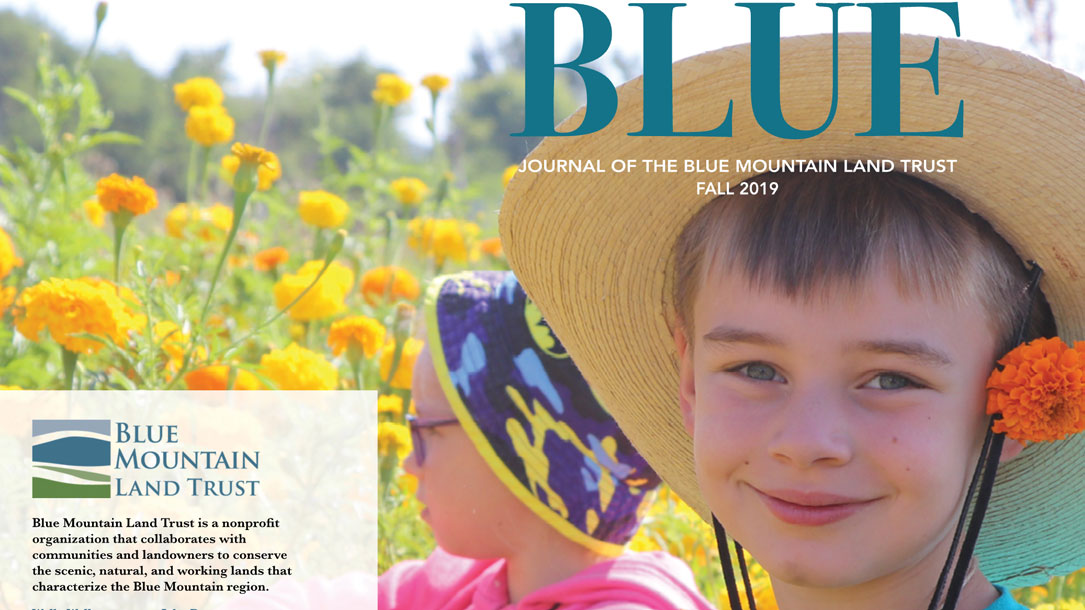
Featuring regenerative agriculture and climate change in their newsletter
Blue Mountain Land Trust, WA
Agriculture can be an important part of the climate solution and land trusts can help their communities understand that. The Blue Mountain Land Trust provided information about how that is the case, stating on their website:
“In our last issue, we reprinted Drawdown’s chapter on conservation agriculture. In this issue, we’re reprinting its chapter on regenerative agriculture. Other Drawdown chapters will be reprinted in future issues.
Thank you to Paul Hawken and his associates at Project Drawdown for permission to reprint these chapters.
If you’d like to learn more about regenerative agriculture and the role it plays in carbon sequestration, here’s a recommended reading list:
The Soil Will Save Us, Kristin Ohlson
Cows Save the Planet, Judith D. Schwartz
The Grazing Revolution: A Radical Pan to Save the Earth, Allan Savory
Restoration Agriculture, Mark Shephard
Grass, Soil and Hope: A Journey through Carbon Country, Courtney White
Growing a Revolution: Bringing our Soil Back to Life, David R. Montgomery
Dirt to Soil: One Family’s Journey into Regenerative Agriculture, Gabe Brown
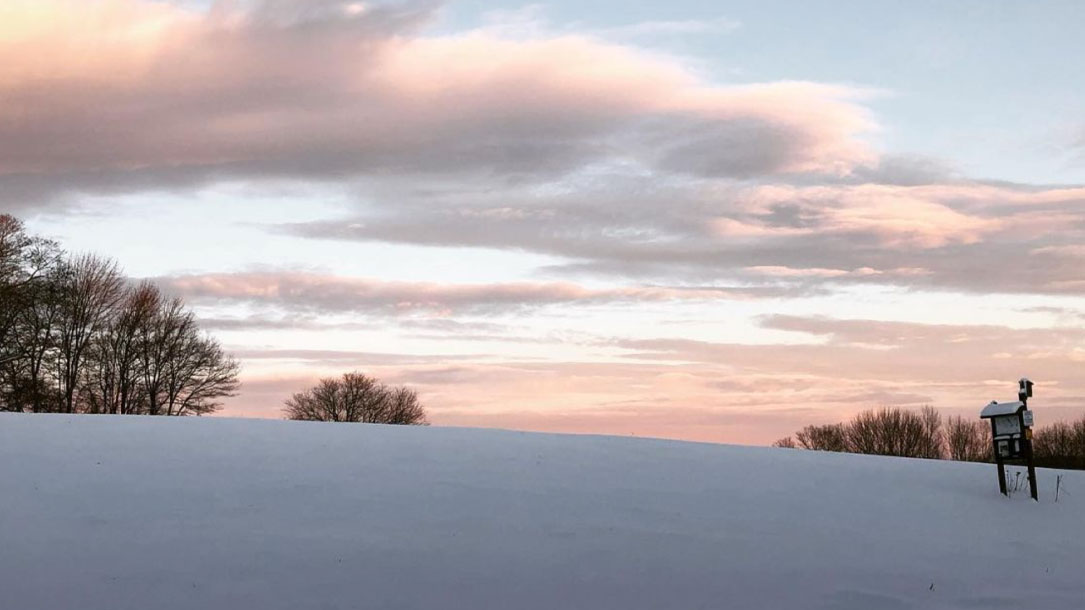
Climate change informational talks for all ages
Joshua’s Trust and the Connecticut Museum of Natural History co-sponsored an informational session given by Dr. Anji Seth. Temperatures of 70-degrees on Jan. 12 felt wonderful, but left many wondering if extremes in temperature are the new normal.
“We are doing these three sessions because many are concerned and want to know what they can do locally. We want to ameliorate our climate anxiety,” Nancy Silander, JT trustee, said…
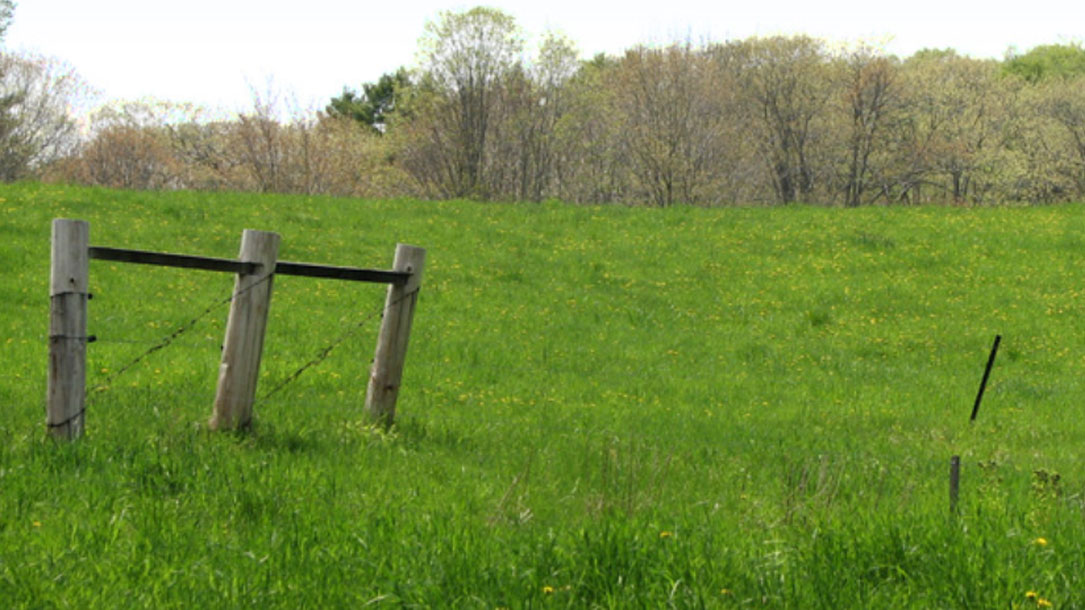
Freeport Conservation Trust
“Freeport Conservation Trust is a grass-roots land trust dedicated to sharing Freeport’s special natural places, valued for recreation, wildlife habitat, clean water, farming, forestry and scenic beauty. Since 1977, our volunteers and staff have partnered with landowners, neighbors, local businesses, the Town of Freeport, and other groups to conserve and connect more than 1,500 acres of open space and nearly 20 miles of public trails. From ridgelines to ravines and islands to woodlands, together, we’re preserving the places you love…”

Climate change in our community: Impacts and response
In January, Freeport Conservation Trust partnered with a local arts group, Freeport Arts & Cultural Alliance, and local contributors, for a presentation of writing and art from the book A Dangerous New World: Maine Voices on the Climate Crisis. They then came together to discuss how people felt climate change is impacting them and what they can do about it. Partnering like this, with people who are local, can be very powerful.
Last year, they hosted a conversation at their annual meeting about how the impacts of climate change are being felt locally. They stated on their website:
“Casco Bay is warmer, the sea level is rising, and annual precipitation and extreme weather events have increased. It is critical that our community understands the impacts of climate change and takes steps to respond.”
Check out the presentation and how they related it to what people know and care about.
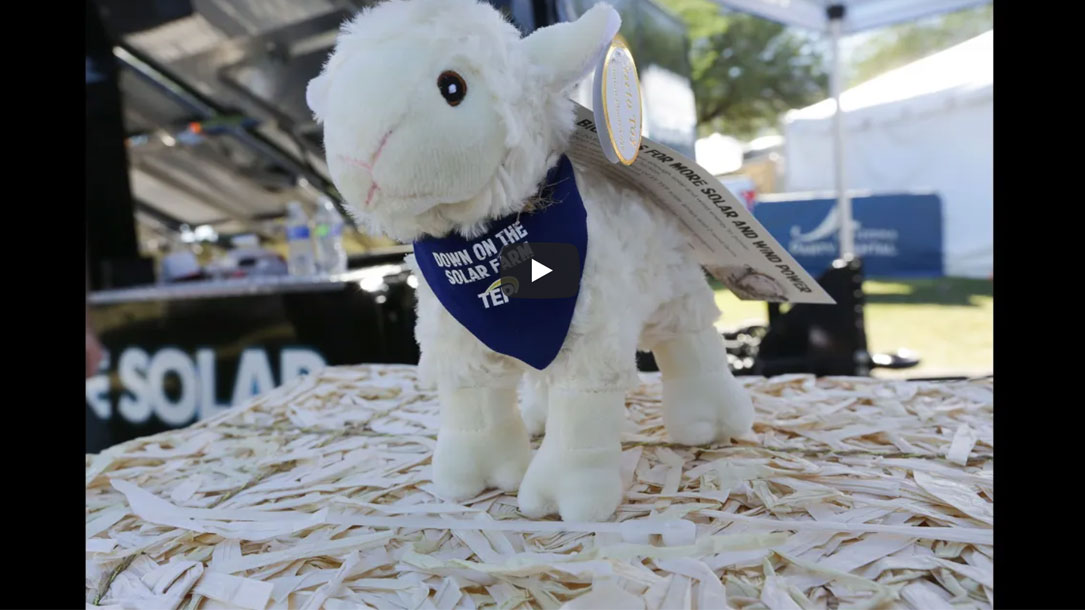
Mrs. Green is happy…
A flock of sheep chews away the weeds that grow underneath one of Tucson Electric Power’s (TEP) solar arrays instead of lawnmowers, spray, or weed trimmers, demonstrating one way TEP supports eco-friendly practices.
“To make sure our large solar array gets plenty of sun, we can’t let the weeds grow too high. That’s where the sheep come in,” said Ericca Suarez, a Technical Specialist in Renewable Energy. “It really is more sustainable to use the sheep.” Rancher Rusty Cocke manages the herd to keep the panels productive while preventing damage to the 1,200-acre site.
Learn more about the programs, sustainable practices and powerful partnerships fostered by Tucson Electric Power in the Tucson Electric Power Podcast Series.
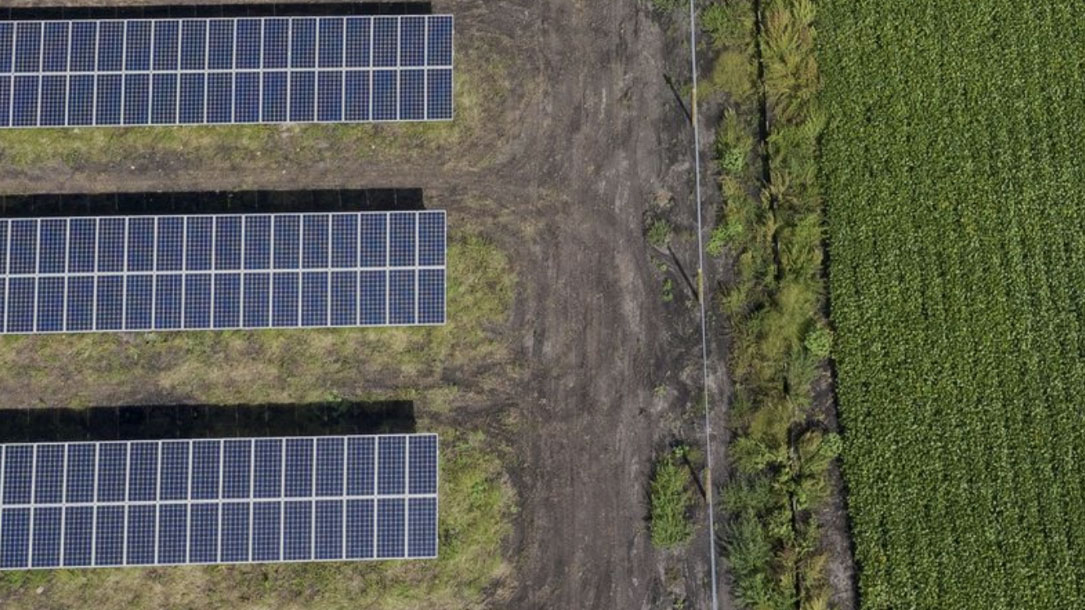
Struggling Farmers See Bright Spot in Solar
“U.S. farmers are embracing an alternative means of turning sunlight into revenue during a sharp downturn in crop prices: solar power.
Solar panels are being installed across the Farm Belt for personal and external use on land where growers are struggling to make ends meet. The tit-for-tat tariffs applied by the U.S. and China to each other’s goods have cut demand for American crops. Futures prices for corn, soybeans and wheat are all trading around their lowest levels since 2010. Making matters worse, record spring rainfall…”
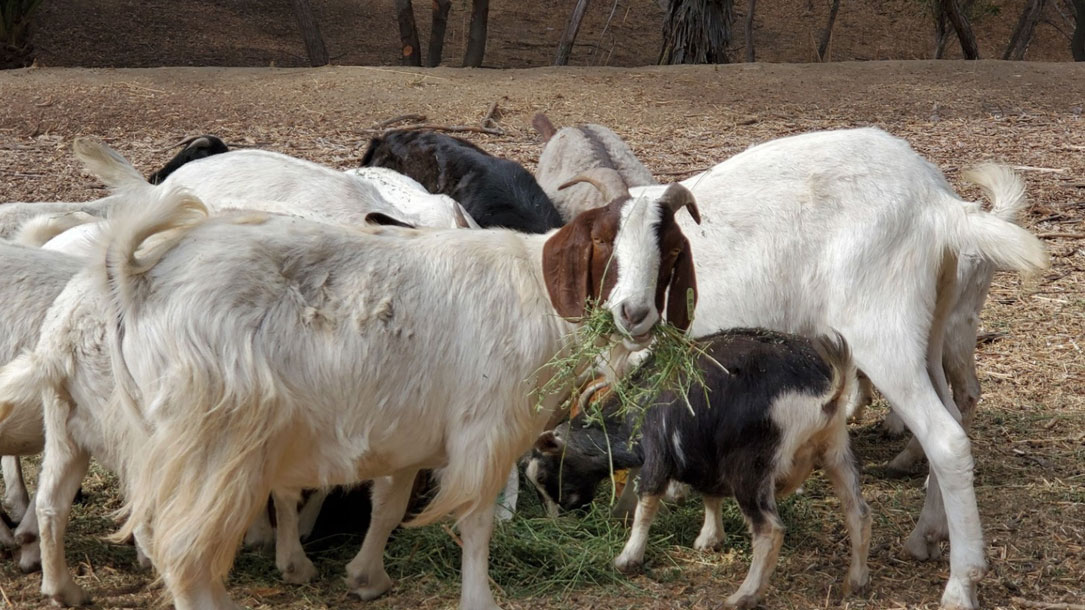
California Cities Turn To Hired Hooves To Help Prevent Massive Wildfires
“California has gone through several difficult fire seasons in recent years. Now, some cities are investing in unconventional fire prevention methods, including goats.
Anaheim, a city southeast of Los Angeles, has recently re-upped its contract with the company Environmental Land Management to keep goats grazing on city hillsides nearly year-round.
The goats are stationed in places like Deer Canyon Park, a nature preserve with more than a hundred acres of steep hills. Beginning in July, roughly 400 goats worked through the park, eating invasive grasses and dried brush…”
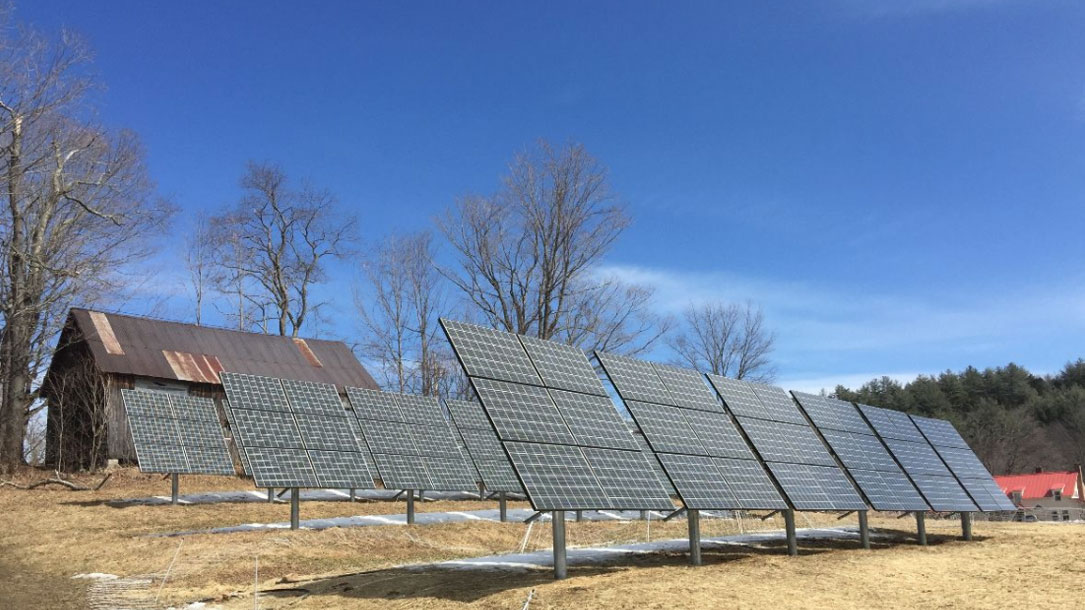
What businesses [including land trusts] should know about the evolution of rural solar
Solar projects certainly are growing rapidly throughout the United States, with total installed capacity just shy of 70 gigawatts and a contracted pipeline of 27.9 GW, according to SEIA. A recent Wall Street Journal analysis of EIA data reported that solar projects occupied 258,000 acres in 2018, while NREL estimates that solar will occupy 3 million acres by 2030.
That may be a small fraction of the nearly 900 million acres of farmland in the United States (PDF), but it’s enough to make agricultural communities apprehensive about the advance of solar onto previously pastoral land. While landowning farmers are grateful for the steady income that comes from leasing to solar projects, others in rural areas—including many state agricultural departments—are still grappling with what the growth of solar will mean for their concept of rural land and role as agricultural boosters…
And with wind and solar cropping up in more rural communities, the bar is being set higher. “The future for renewable energy has to include a sustainable land use component,” Hoosier Energy’s Cisney said. In leveraging new partnerships and co-location opportunities among developers, farmers and local communities, rural America has the potential to assume a more active leadership role in cooperatively advancing the clean energy transition…

Young California ranchers are finding new ways to raise livestock and improve the land
These first-generation ranchers are young, often female and ethnically diverse. Rather than raising beef cattle destined for feedlots, many are managing small grazing animals like sheep and goats. And they are experimenting with grazing practices that can reduce fire risk on hard-to-reach landscapes, restore biodiversity and make it possible to make a living from the land in one of the most expensive states in the country.
Our research focuses on food systems, rangelands and livestock production. In our recent work, we found new ranchers in California using innovative strategies that they believe can mitigate fire risk to communities and improve soil through grazing.












